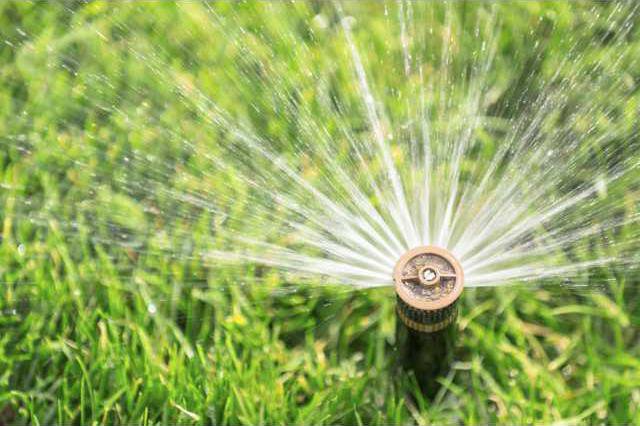Despite a lack of rain in March Californians didn’t lag in their water conservation efforts, according to the recent data from the State Water Resources Control Board.
Californians conserved 24.3 percent in March compared to the amount used in March 2013. Statewide cumulative savings from June 2015 to March 2016 totaled 23.9 percent compared with the same months in 2013.
“While some parts of the state saw rain and snow, other parts, specifically the Central Valley and Southern California, didn’t; and yet, all Californians stepped up again to conserve water, because they know they can and that it is good for California,” said State Water Resources Control Board Chair Felicia Marcus. “Twenty-four percent in March is a stunningly welcome number. As we head into the warmer summer months, we need to keep conserving. We may not need the same levels of conservation as last year, but we still need to keep all we can in our reservoirs and groundwater basins in case this winter is just a punctuation mark in a longer drought.”
In April of last year Gov. Jerry Brown issued an executive order that mandated a 25 percent water use reduction by users of urban water supplies across California. An updated and extended emergency regulation was adopted by the Board on Feb. 2 and took effect Feb. 11. The regulation extends restrictions on urban water use through October while providing urban water suppliers some latitude in the conservation requirements they must meet. On April 20 the SWRCB held a public workshop solicit ideas for adjustments to the current emergency regulations given changes in water supply, storage, and snowpack as compared to last year’s historic statewide deficiencies. This staff proposal will be considered by the Board for comment and adoption on May 18.
“It’s not time yet for a drought’s over party. That said, March brought us much needed rain and snow—still less than average but huge compared to the worst in 500 years, which is where we were last year,” Chair Marcus said. “We’ve gotten a bit of a reprieve, but not a hall pass. Now we are figuring out how to appropriately adjust to a better but not ideal situation.”
Statewide, the conservation rate doubled from 12 percent in February to 24.3 percent in March, likely due to wetter weather and more seasonal temperatures, along with awareness that drought conditions could outlast existing water supplies. Nearly 1.3 million acre-feet of water has been conserved between June 2015 through March, according to the SWRCB.
The State Water Board compares every urban water supplier’s water use with their use for the same month in 2013 to determine if they are on track for meeting their conservation standard. Urban water suppliers are expected to meet, or exceed, their individual conservation standard.
Turlock’s new conservation standard is 29 percent and for March the community reached 26.3 percent of the savings goal. The March rate was a considerable improvement from February when Turlock only conserved 10.2 percent of the 32 percent goal.
Other local water suppliers failing to hit their cumulative water conservation goals were: the City of Ceres, which saved 24.1 percent of the 26 percent mandate; the City of Modesto, which had a conservation rate goal of 33 percent and met 28.7 percent of it; and the City of Riverbank, which had one of the worst conservation rates in the state, with 10.5 percent of their 30 percent rate met.
Water suppliers surpassing their goal in this area included the City of Oakdale, which had a goal of 30 percent and saved 40.4 percent; the City of Patterson surpassed their goal of 25 percent by saving 32.2 percent; and the City of Merced exceeded their goal of 34 percent by saving 37 percent.





